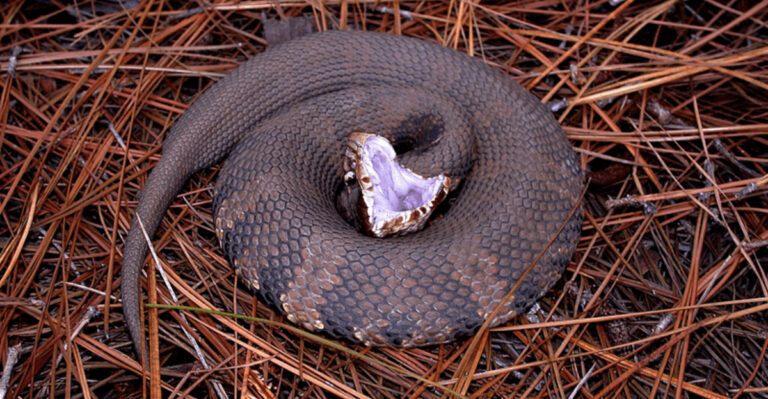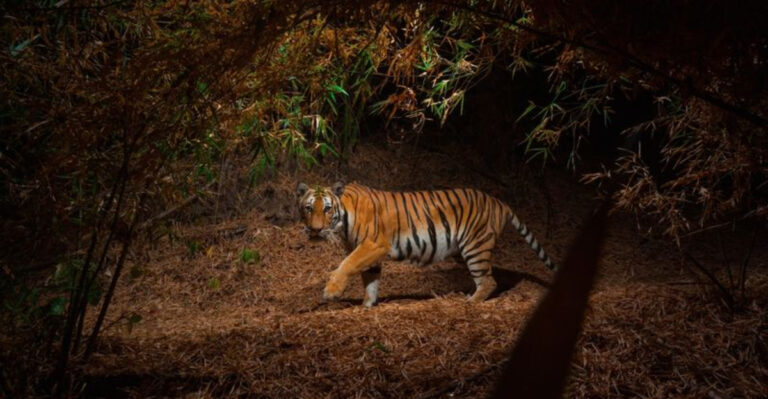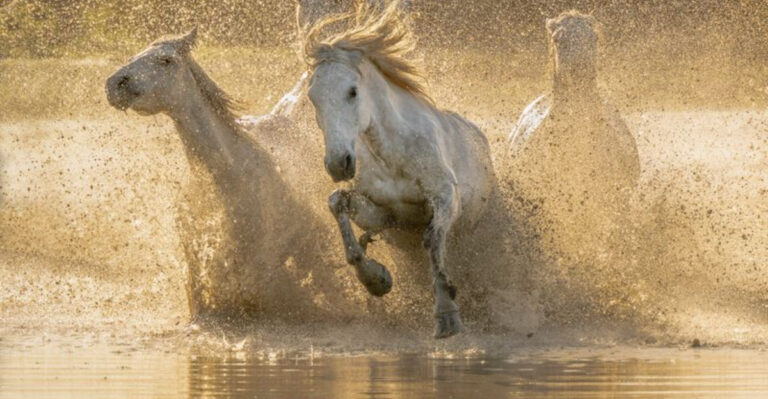When Land Wasn’t Enough: 15 Mammals That Found A New Life In Water

The boundary between land and water isn’t as fixed as we might think. Throughout evolutionary history, some mammals have heard the call of the waves and answered it wholeheartedly.
These incredible creatures developed specialized adaptations allowing them to thrive in aquatic environments while maintaining their mammalian traits.
1. Sea Wolves Of Vancouver Island

Gray wolves along Canada’s Pacific coast have developed a unique lifestyle that separates them from their inland cousins. These remarkable predators get nearly 90% of their diet from the ocean!
Swimming up to 7.5 miles between islands, they hunt salmon during spawning season and scavenge beached whale carcasses. Scientists have discovered their genetic makeup differs from mainland wolves, with specialized adaptations for marine living.
Local indigenous communities have long respected these wolves as spiritual creatures bridging the gap between forest and sea.
2. Polar Bears
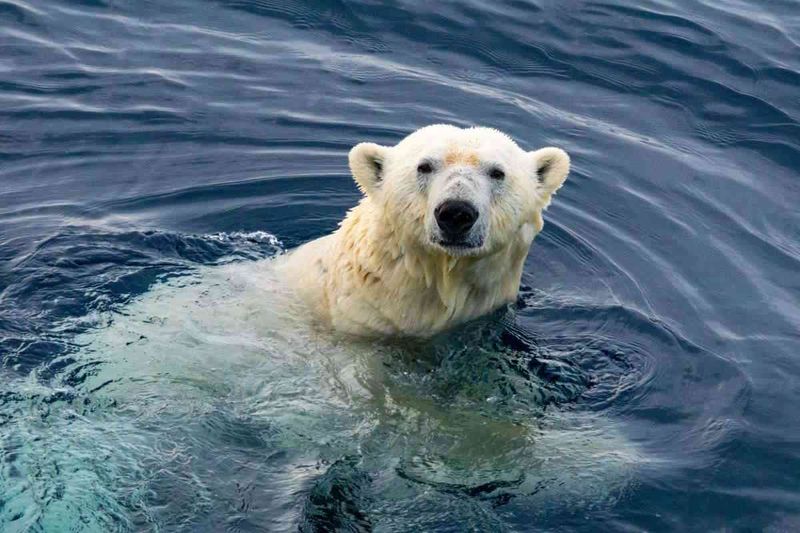
Classified as marine mammals, polar bears evolved from brown bear ancestors about 150,000 years ago. Their bodies transformed dramatically for arctic survival with insulating hollow fur and a layer of blubber beneath their skin.
These magnificent hunters can swim continuously for days, traveling up to 60 miles without rest. Their massive paws function like paddles, propelling them through icy waters while hunting seals.
Scientists track their movements using satellite collars, revealing some bears swim over 400 miles during seasonal ice melts.
3. Grizzly Bears Fishing Like Pros
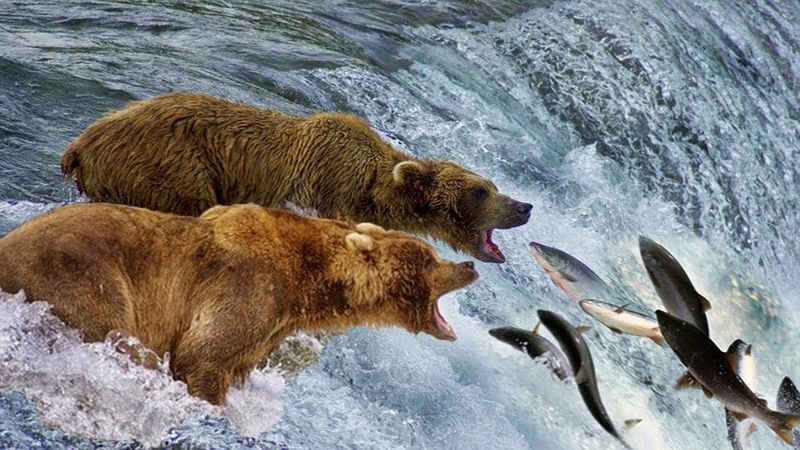
During salmon runs, coastal grizzlies transform into specialized fishermen. Standing knee-deep in rushing streams, these 800-pound omnivores demonstrate surprising patience and precision.
Their fishing techniques vary by individual – some dive completely underwater, others swipe with lightning-fast paws, while some simply use their powerful jaws to snatch leaping fish mid-air. A successful bear can catch over 40 salmon daily during peak season.
After gorging on protein-rich salmon, they’ll often leave the less nutritious parts for scavengers, creating a ripple effect throughout the ecosystem.
4. Jaguars

South America’s largest cats break the feline stereotype of hating water. Jaguars actively seek out rivers, swimming powerfully with their muscular bodies and using waterways as hunting grounds.
Unlike other big cats, they’ve developed a specialized killing technique – crushing the skulls of prey with a single bite between the ears. This allows them to dispatch caimans, capybaras, and turtles efficiently.
Researchers studying these elusive predators often find them by tracking muddy paw prints along riverbanks where they patrol territories spanning up to 50 square miles.
5. Fishing Cats
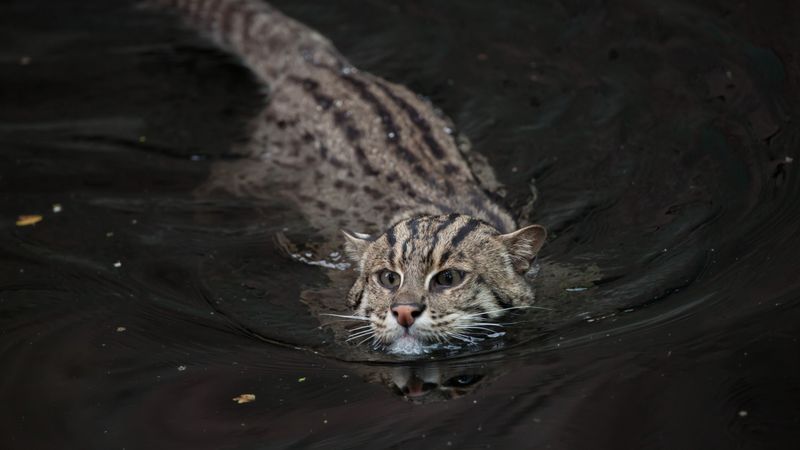
Found in wetlands across South and Southeast Asia, fishing cats have evolved remarkable adaptations for aquatic hunting. Their dense, water-resistant double coat keeps them dry while their partially webbed paws provide excellent swimming power.
Unlike most cats, they don’t hesitate to fully submerge, diving headfirst into water to catch prey. Their unique hunting technique involves tapping the water’s surface to mimic insect movements, attracting curious fish within striking distance.
Sadly, these specialized hunters face severe habitat loss as wetlands are drained for agriculture.
6. Water Shrews
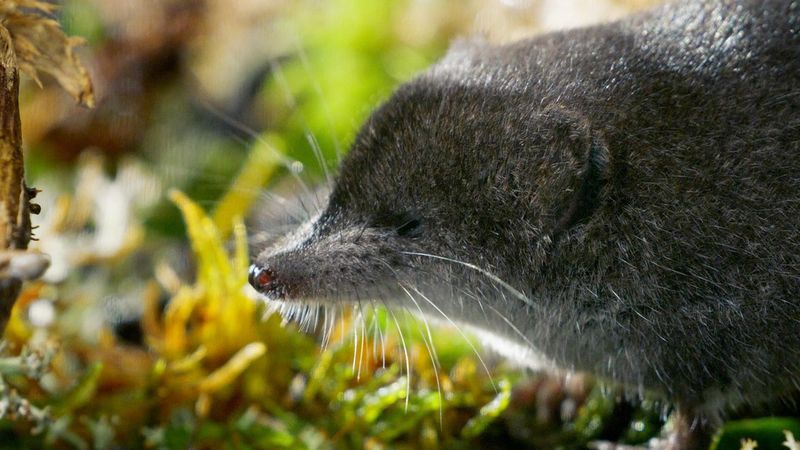
At just 3 inches long, American water shrews are miniature marvels of aquatic adaptation. Their velvety fur traps air bubbles, creating a silvery appearance underwater while providing insulation and buoyancy.
These hyperactive mammals have such fast metabolisms they must eat more than their body weight daily! When hunting underwater, they can detect prey through minute electrical fields and vibrations.
Perhaps most impressive is their ability to run across water surfaces for short distances, earning them the nickname ‘Jesus shrews’ among some naturalists who study these seldom-seen creatures.
7. Swimming Pigs Of The Bahamas
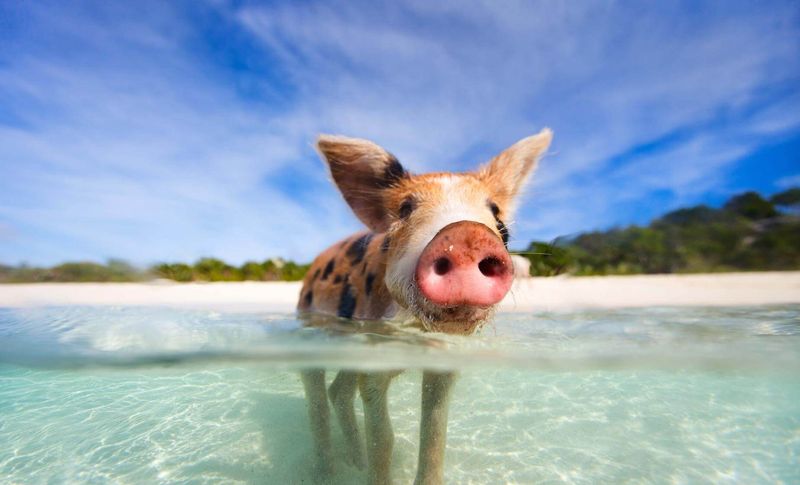
The famous aquatic pigs of Exuma weren’t born with their swimming abilities – they learned them! According to local legends, sailors left pigs on the uninhabited island, planning to return later for fresh pork.
When the sailors never returned, the resourceful animals adapted to their island environment. They discovered swimming as a way to reach food from passing boaters.
Today, these domesticated animals have become such proficient swimmers they’ll paddle hundreds of yards into clear Caribbean waters, creating one of the region’s most unusual tourist attractions and demonstrating mammals’ remarkable adaptability.
8. Hippopotamus
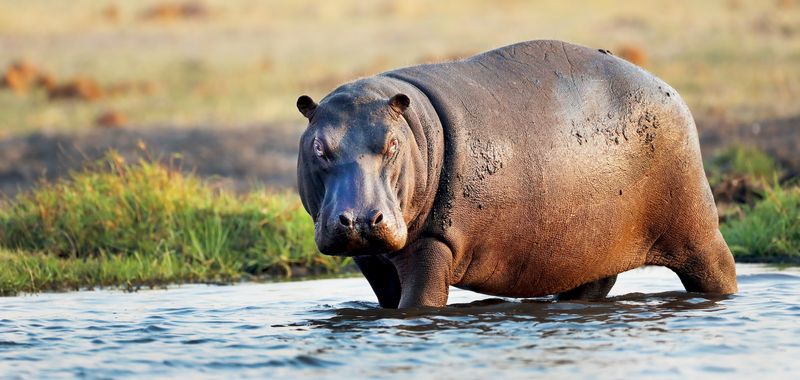
Despite their massive size – up to 4,000 pounds – hippos are surprisingly aquatic, spending 16 hours daily submerged in African rivers. Their eyes, ears, and nostrils sit atop their heads, allowing them to remain mostly underwater while still monitoring their surroundings.
These river giants can’t actually swim! Instead, they bounce or gallop along river bottoms, holding their breath for up to five minutes.
Female hippos even give birth underwater, with newborn calves instinctively swimming to the surface for their first breath – a remarkable adaptation for mammals typically associated with land.
9. River Otters

North American river otters combine exceptional swimming abilities with seemingly endless playfulness. Their streamlined bodies, powerful tails, and webbed feet make them four times faster in water than on land.
These social mammals communicate through a complex system of whistles, chuckles, and chirps while hunting together in family groups. Their dense fur – with nearly one million hairs per square inch – provides insulation in even the coldest waters.
Scientists believe their famous sliding behavior – repeatedly climbing riverbanks and sliding down into water – isn’t just play but also an efficient travel method in snowy conditions.
10. Capybaras
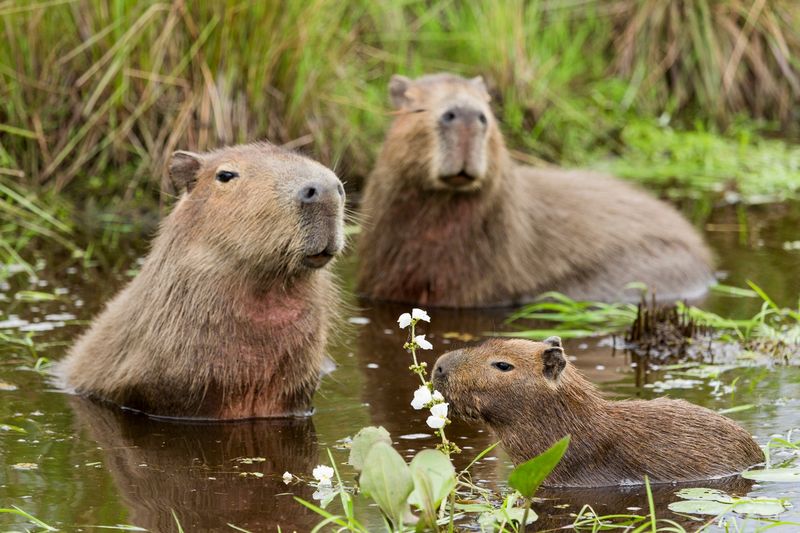
As the world’s largest rodents, capybaras have perfected semi-aquatic living in South American wetlands. Their partially webbed toes provide excellent swimming power while their eyes, ears, and nostrils are positioned high on their heads for surface breathing.
These social creatures often submerge completely to avoid predators, remaining underwater for up to five minutes by slowing their heart rates. During intense heat, they cover their hairless skin with mud as natural sunscreen.
Young capybaras can swim immediately after birth, often riding on their mother’s back during group river crossings.
11. Beavers
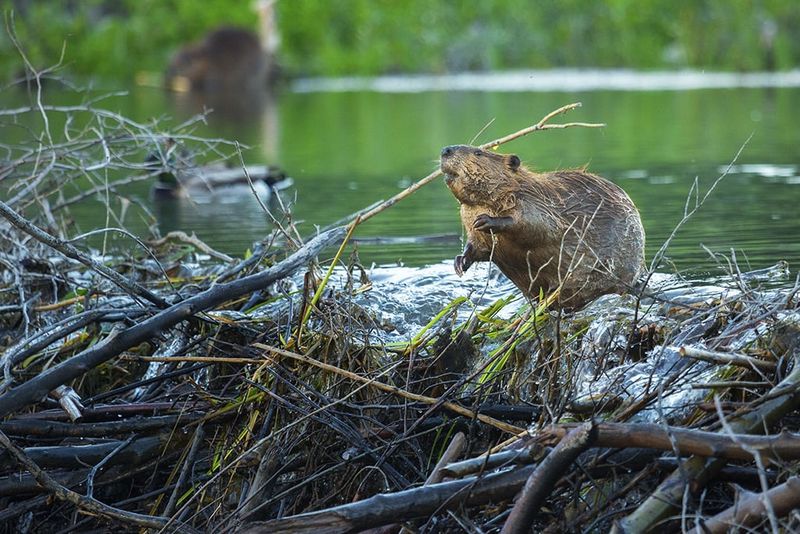
Equipped with transparent eyelids for underwater vision and specialized nose and ear valves that close while submerged, beavers are perfectly designed for aquatic living. Their famous flat tails serve multiple purposes – functioning as rudders while swimming, fat storage for winter, and warning signals when slapped against water.
These industrious rodents can remain underwater for 15 minutes and swim half a mile without surfacing. Their waterproof fur maintains insulation in freezing conditions.
Perhaps most impressive is their ability to modify entire ecosystems by damming streams – some beaver dams are visible from space!
12. Water Voles
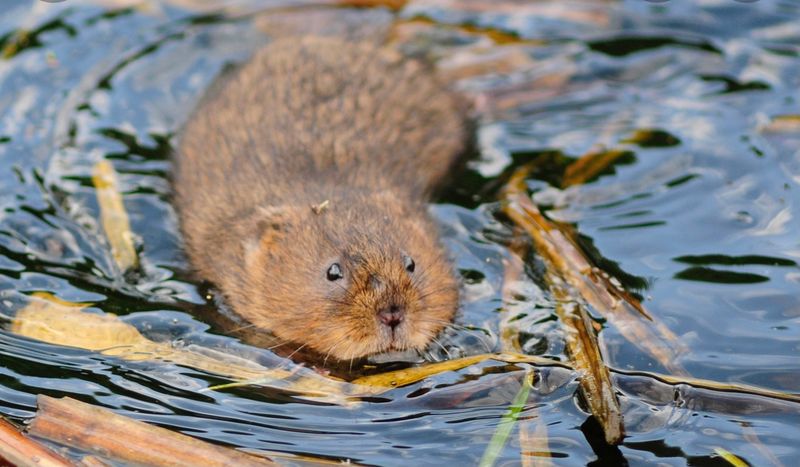
Often mistaken for rats, water voles have adapted beautifully to life along Britain’s waterways. Their chubby bodies contain specialized fat that increases buoyancy while swimming, and their fur remains water-resistant through natural oils.
These vegetarian rodents create complex tunnel systems with underwater entrances, allowing quick escapes from predators. They’re surprisingly fast swimmers despite their round shape.
Kenneth Grahame immortalized them as the character ‘Ratty’ in Wind in the Willows, though their populations have declined by over 90% since the 1970s due to habitat loss and predation by introduced American mink.
13. Platypus
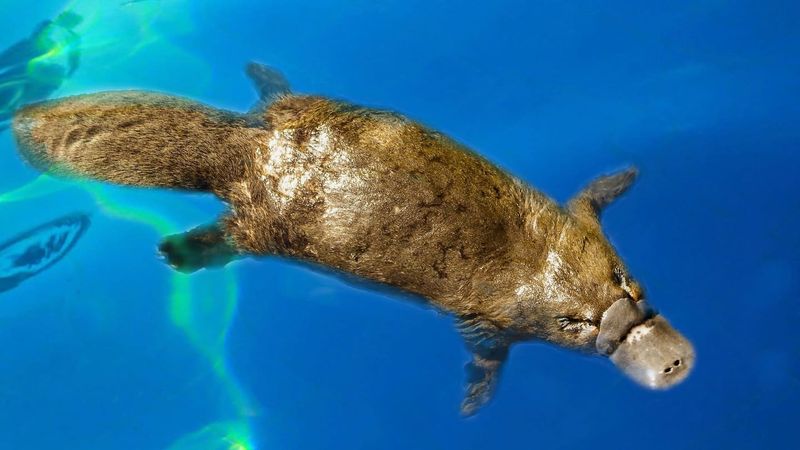
Australia’s platypus represents one of evolution’s strangest experiments in aquatic adaptation. These mammals lay eggs yet produce milk, detect electrical fields through their bills, and possess venomous spurs on their hind legs.
Their duck-like bills contain 40,000 electroreceptors that detect tiny electrical impulses from prey animals, allowing them to hunt effectively in murky waters with closed eyes. Their dense fur traps air, providing insulation in cold streams.
When swimming, they use stored fat efficiently, requiring only half the energy of similarly-sized water mammals – a perfect adaptation for Australia’s unpredictable waterways.
14. Marine Otters
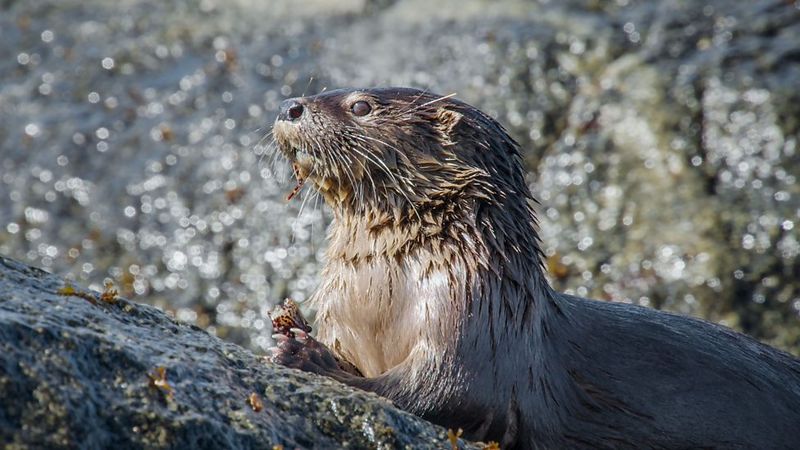
Smaller than their river-dwelling cousins, marine otters have carved out a specialized niche along South America’s Pacific coastline. Their compact bodies and extraordinarily dense fur – the thickest of any animal – protect them in cold ocean waters.
Unlike sea otters that float on their backs, marine otters perform impressive acrobatics while hunting, spinning and twisting through crashing surf. They’ve developed salt glands that filter seawater, allowing them to drink directly from the ocean.
These rare mammals face extreme conservation challenges, with fewer than 1,000 remaining in the wild along Chile and Peru’s rocky shores.
15. Muskrats
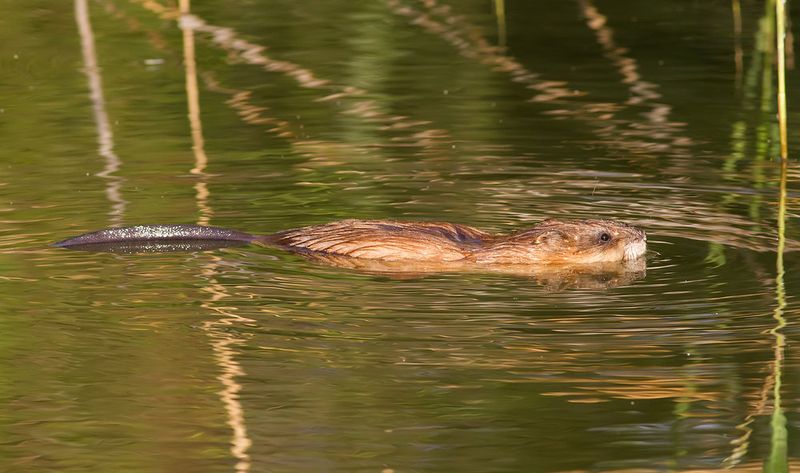
Muskrats have evolved specialized adaptations for their semi-aquatic lifestyle across North American wetlands. Their partially webbed hind feet power them through water while their vertically flattened tails serve as rudders during underwater navigation.
Unlike many mammals, they can close their ears while submerged and have specialized lips that close behind their front teeth, allowing them to gnaw on underwater plants without swallowing water. Their dense undercoat repels moisture while trapping insulating air.
These industrious rodents construct elaborate lodges from cattails and reeds, complete with underwater entrances that freeze over in winter.

